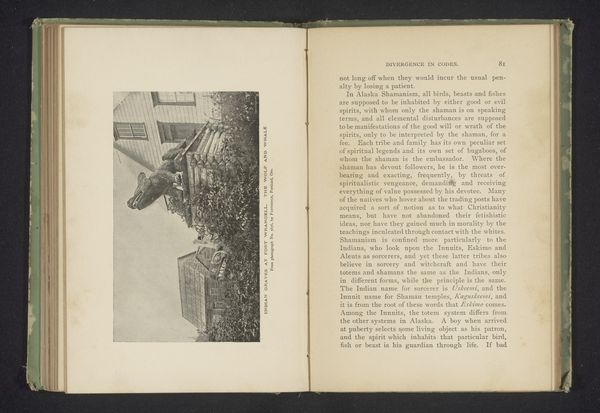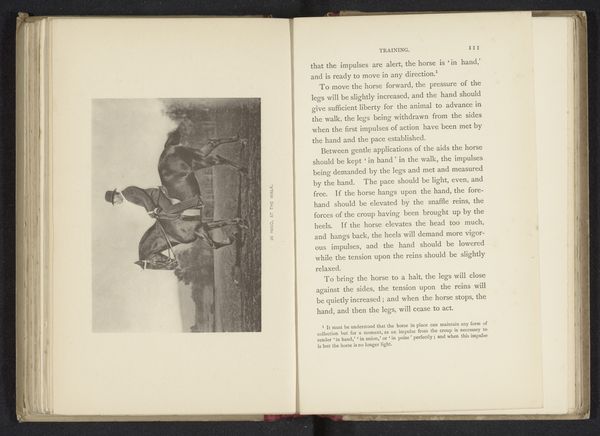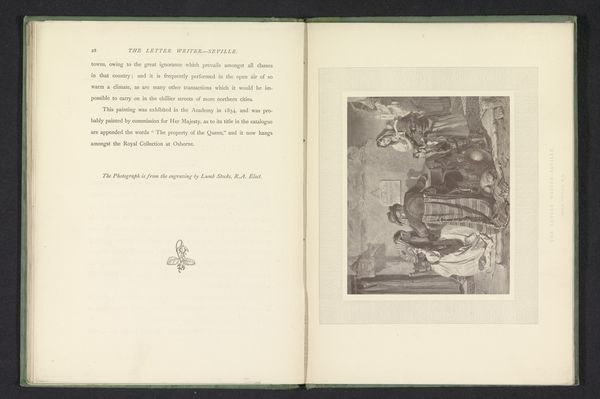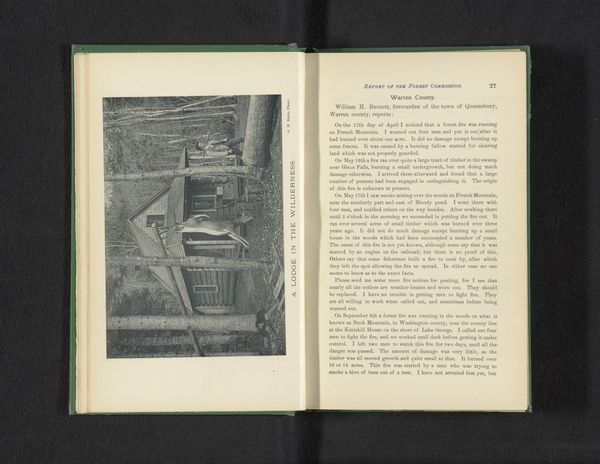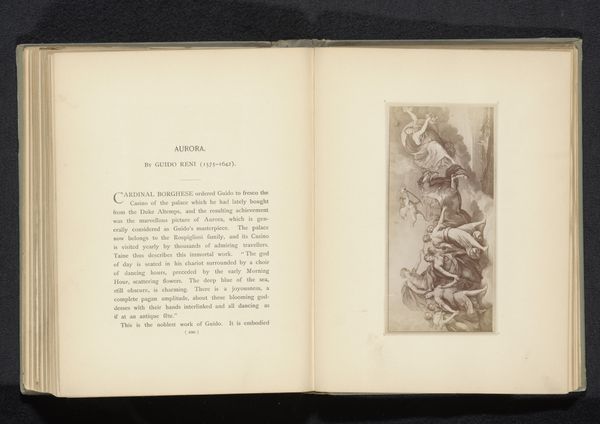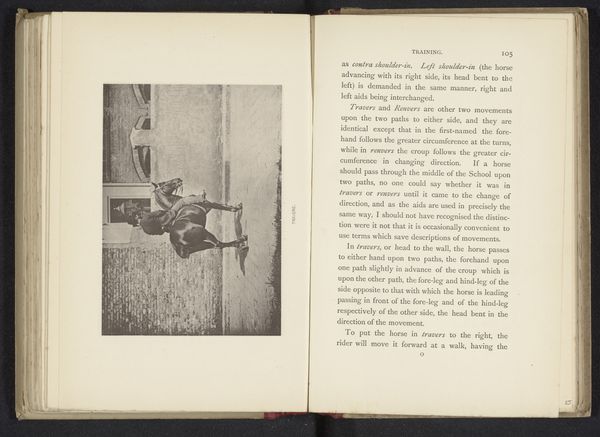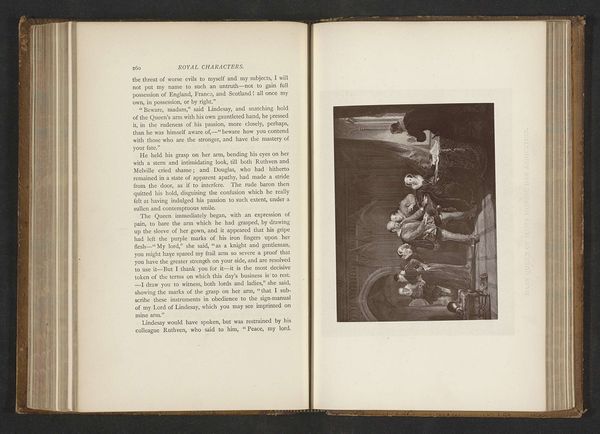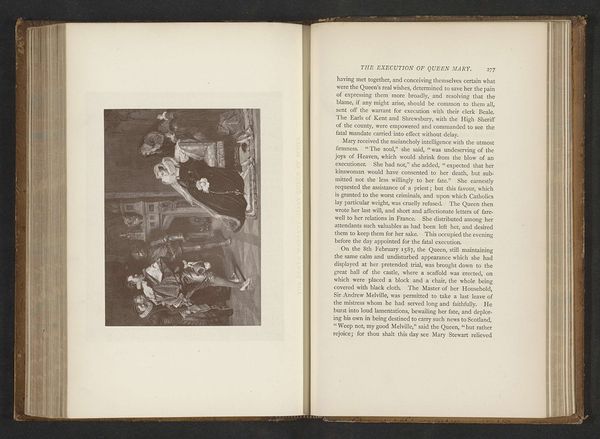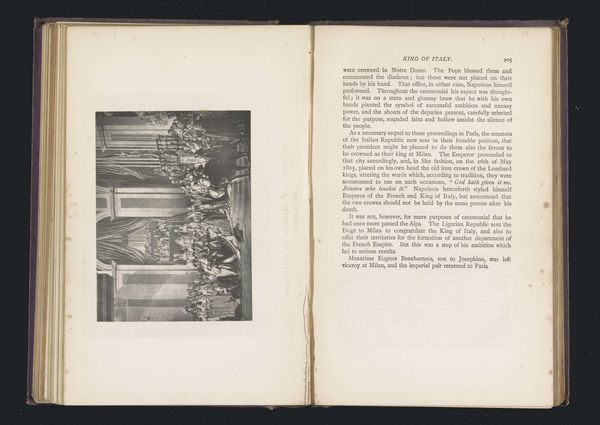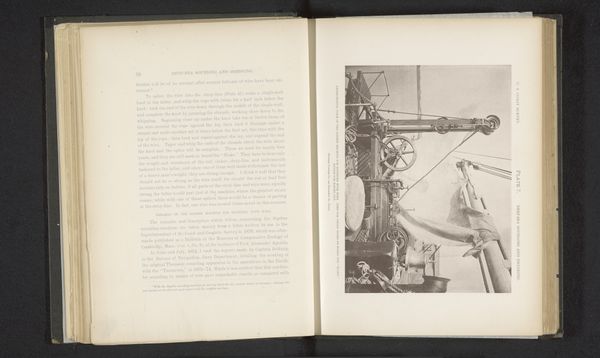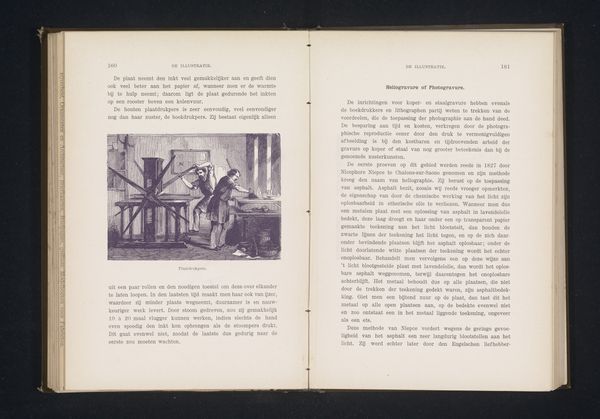
print, photography, gelatin-silver-print
# print
#
photography
#
gelatin-silver-print
Dimensions: height 89 mm, width 153 mm
Copyright: Rijks Museum: Open Domain
Curator: Let's consider this image, "Groepsportret van Auke Tlingit-kinderen," a gelatin-silver print taken before 1890 by William Henry Partridge. Editor: My immediate reaction is of intimate observation, a sense of being offered a private, unguarded moment. There's a softness to it despite being black and white, and their eyes...there’s so much quiet history held within them. Curator: It's crucial to consider the materials and their origins. Gelatin-silver prints, as a process, offered a particular aesthetic but were also embedded in colonial practices of representation. These weren't spontaneous snapshots but constructed portrayals. We must ask: who had access to the materials, who controlled the image-making? Editor: Absolutely, and seeing it printed like this gives me the strong feeling this was an early version of sharing, distributing ideas and cultural perceptions through accessible reproduction... even as, ironically, these children seem caught *within* the reproduction. Is it simply representation, or a form of symbolic labor performed under a foreign lens? Curator: Precisely. Think about the context—the children are Auke Tlingit. They weren’t simply subjects, but part of a sophisticated society with intricate craft traditions and trade networks. How does the photograph interact with, or erase, that complexity? We must ask, were these images commodities, ethnographic documents, or something in between? Editor: I agree. When viewing portraits of indigenous peoples from this period, one is forced to ponder about that tension of imposed stillness...what that might mean. They present us their faces, we see, we ponder...perhaps we see an entry point toward greater knowledge, understanding, maybe even reconciliation? Curator: Ultimately, considering Partridge’s portrait of these children forces us to reflect on the social power embedded in photographic practice. What's revealed and what's obscured through these carefully constructed depictions? Editor: It challenges us, I think, to see them as more than ethnographic data. To acknowledge their continued existence, and to value what *we* can actively learn about what they would like *us* to learn.
Comments
No comments
Be the first to comment and join the conversation on the ultimate creative platform.
